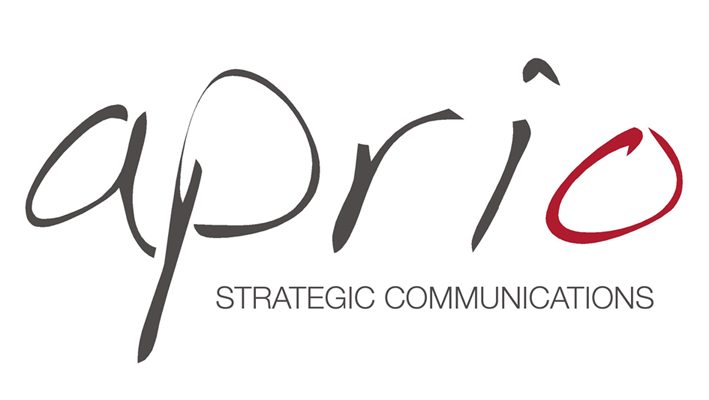Your company’s intranet doesn’t have to be ‘fun’ to make your workforce happy. Include these four things, and your colleagues will thank you.
- Creativity : We are all unique human beings, and we all want to put our personality and ideas into our work.
- Recognition : A shoulder tap is, in many situations, worth more than a financial raise or bonus.
- Future : Is the job secure? What are the options for growth in the organization?
Money
Employees are paid with money: compensation, bonuses, expenses, employee benefits and promotions. Employees’ salaries are not related to the time they spend on the intranet.
Make sure that all salary-related information can be found on the intranet, such as:
- When employees will be paid (online access to salary slips)
- How the company calculates variable pay
- An overview of timesheets (hours worked)
- Salary matrices (These should be up to date, otherwise they are worthless and seriously harm employees’ trust in the intranet.)
- Information about profit-sharing
- Employee benefits (e.g. group insurance, cheap loans, day care and other perks)
- Declarations: Make it easy to submit expense declarations, and make it clear when they are paid
- Bonus calculation forms
- Provide access to current procedures and policies. If you can, automate the procedures in online forms, and provide automated feedback of the latest status
Make the procedures clear and transparent: "The amount will be transferred to your account within two weeks after submission."
Each organization rewards employees differently. See what your organization does, and provide this information on the intranet. Make sure that all possible questions are answered, and make the procedures as transparent as possible. Having outdated information is almost a mortal sin.
Creativity
Companies expect employees to express creativity in their work and not on the intranet, unless their job involves the intranet.
It is important for employees to be able to access the information they need to do their job on the intranet. Quick and easy access to this information is a key factor for the success of the intranet. It improves the efficiency of the organization and makes employees happy.
But this is not creativity. Creativity involves original thinking and producing, and the intranet is the ideal platform to share ideas and knowledge.
"Collaboration” or “social" tools best facilitate creativity. Empower employees by providing a space for open communication. Create forums, wikis, blogs and project areas on the intranet where employees can share their ideas, visions and creativity. Some tips:
- Create a space where employees can ask questions to solve a difficult case and to get creative answers from colleagues.
- Blogs from colleagues inspire more creativity—the posts and their feedback are often good food for thought.
- Open communication will encourage interaction among employees and take away traditional information/knowledge hubs.
Organizations often limit employee recognition. The lack of recognition is what employees complain about most.
Some hints for building recognition on your intranet:
- When developing employee profiles, give employees the option to complete their own details.
- Put some effort into linking people to content, content to people, and people to people on the intranet.
- Creativity on the intranet (see above) can also result in recognition for employees. It is a double-edged knife: When employees are creative on a social intranet, others will recognize them.
Future
The intranet cannot guarantee job safety. The job outlook will continue to be uncertain in the 21st century. On the bright side, there are many opportunities to take control of your personal development.
Intranets can help employees to make better choices with respect to their future career with:
- Career paths
- Online training programs and access to training material
- Knowledge management
- Up-to-date skills matrices
- Vacancies
- Job descriptions
- Success and non-success stories about the company in the real world. Don't be surprised that many employees don't know how or what the company is actually doing
- True and open information on the corporate strategy (as much as possible)
Be open and transparent, and demonstrate that to the employees.
Final thoughts
I bet that most intranets do not have all of this information or the recommended tools. Does your organization care about its employees? Can it look them right in the eye? If not, make the suggestions I recommend to your intranet. It will give your intranet a higher value, and happier employees in return.
I know it is a challenge to keep all of the information on the intranet up to date. Pay attention to the information architecture. It would be a good idea to link the information on the intranet directly to the real information. People often have to write content twice—one time for their records and another time for the intranet, and the latter they will often “forget.” This is a classic recipe for intranet failure.
This all sounds so obvious, so get it on the intranet!
Bas Zurburg is a freelance Web developer with a focus on internal communication. He blogs at BasZurburg.com, where this article originally ran. This article first appeared on Ragan.com in June 2011.

No comments:
Post a Comment